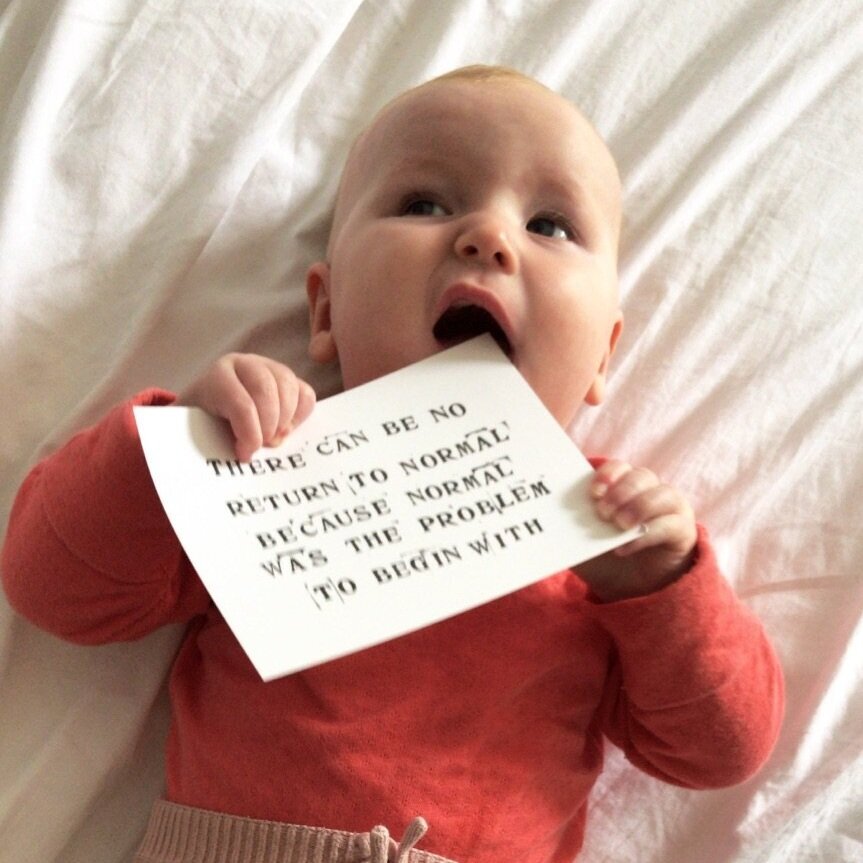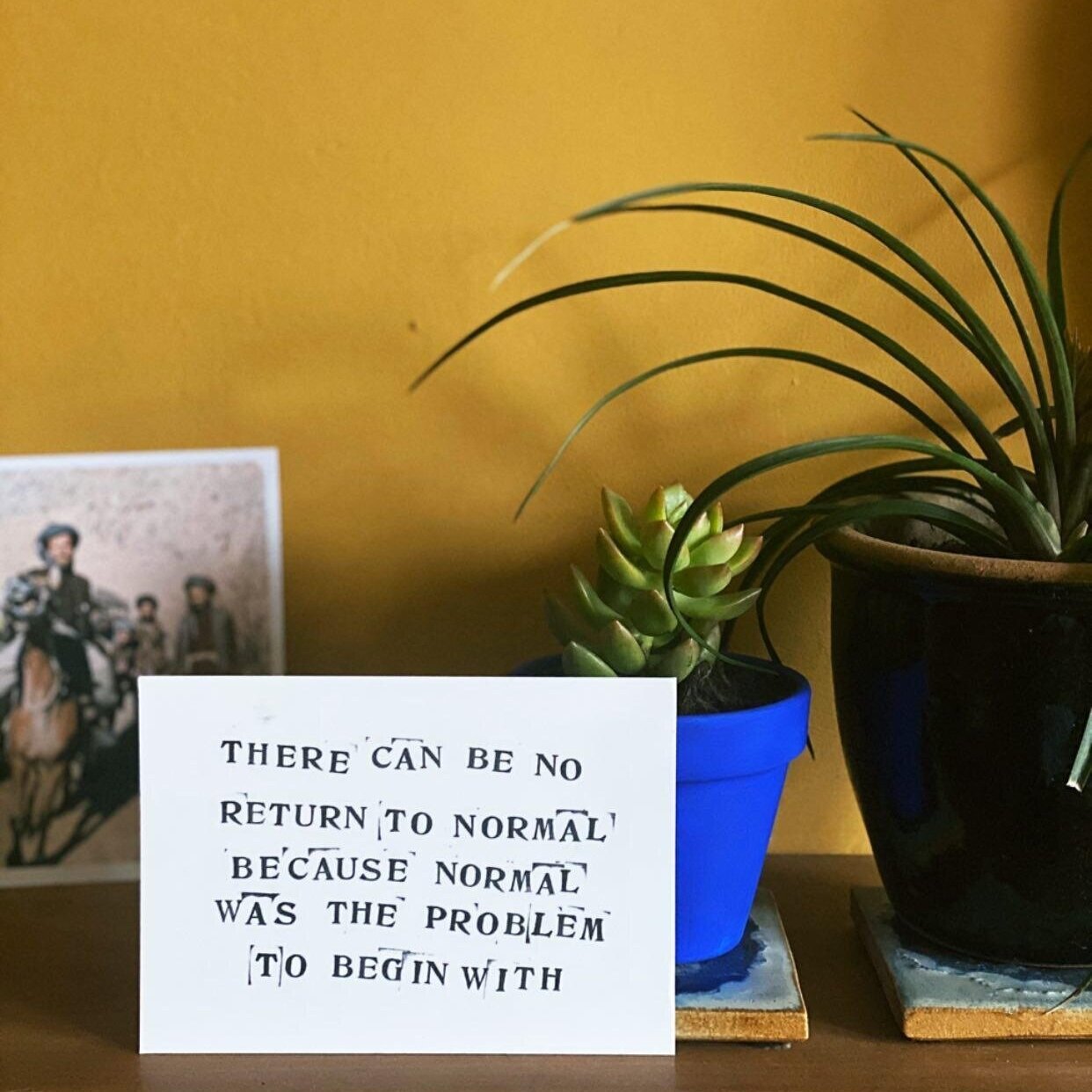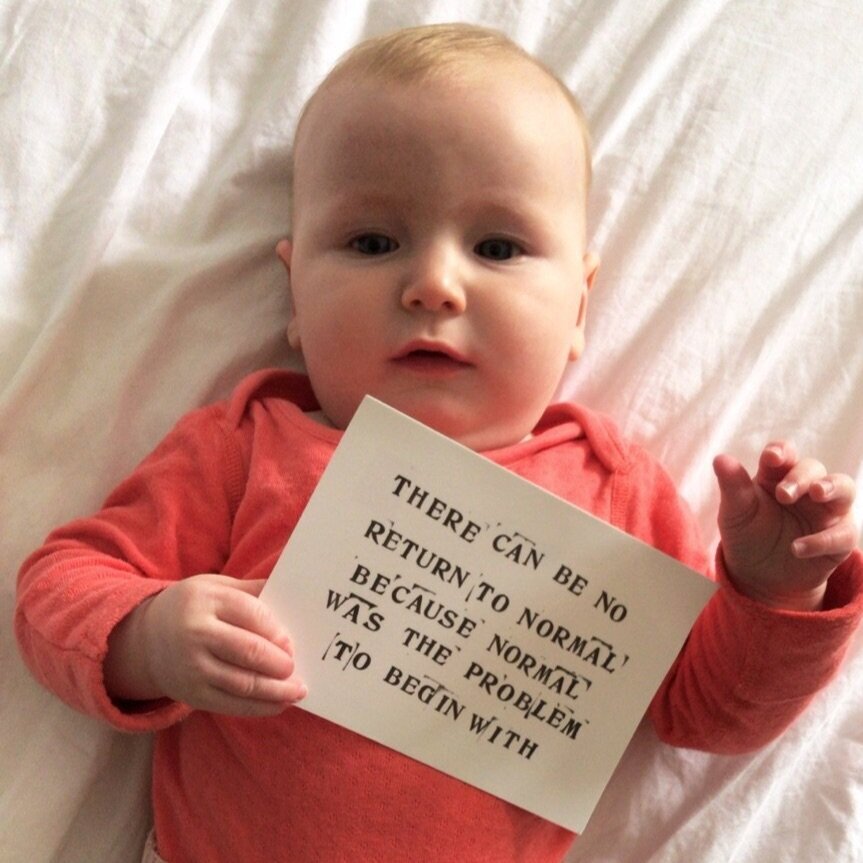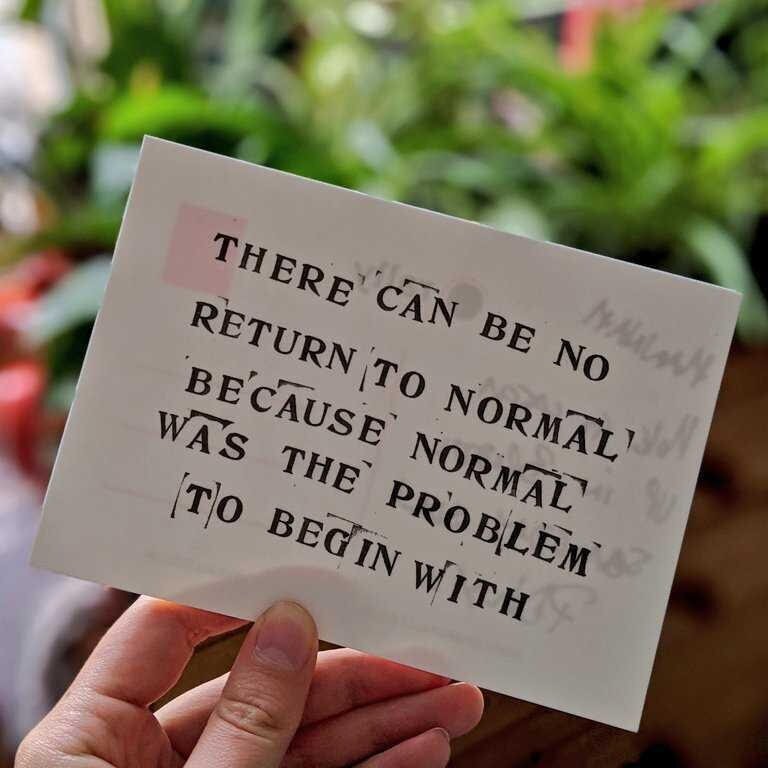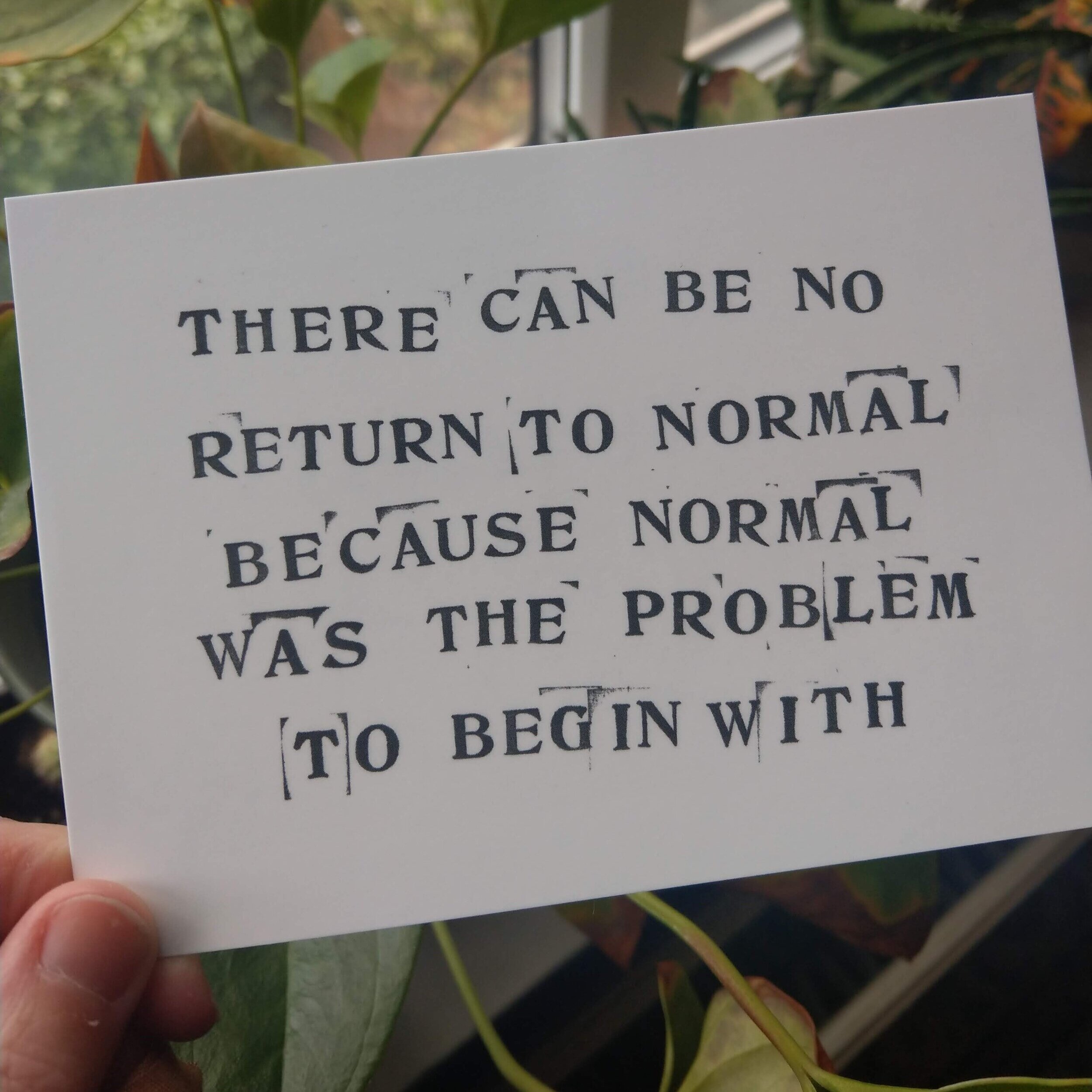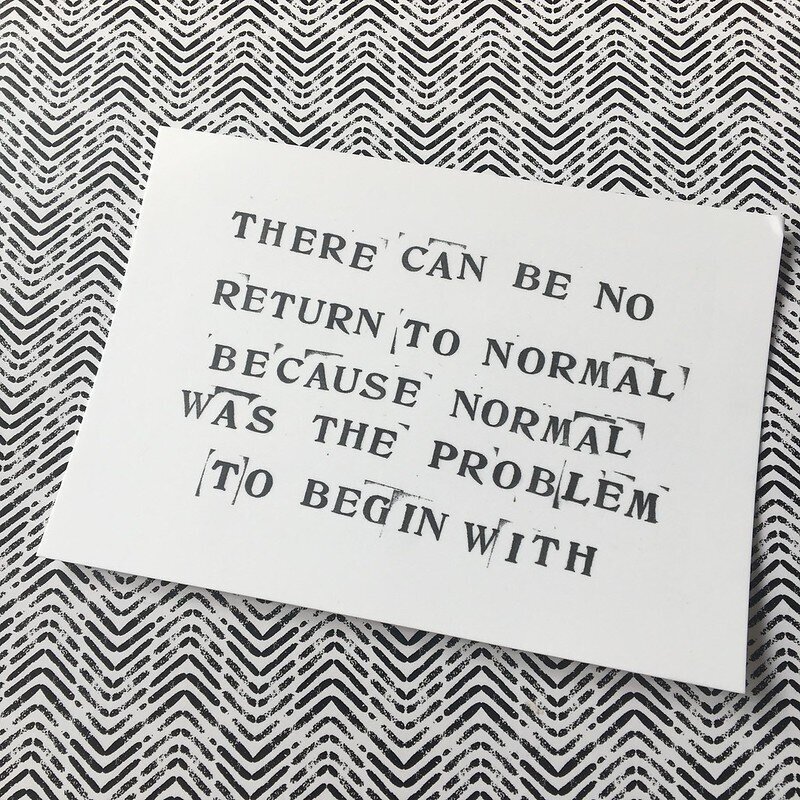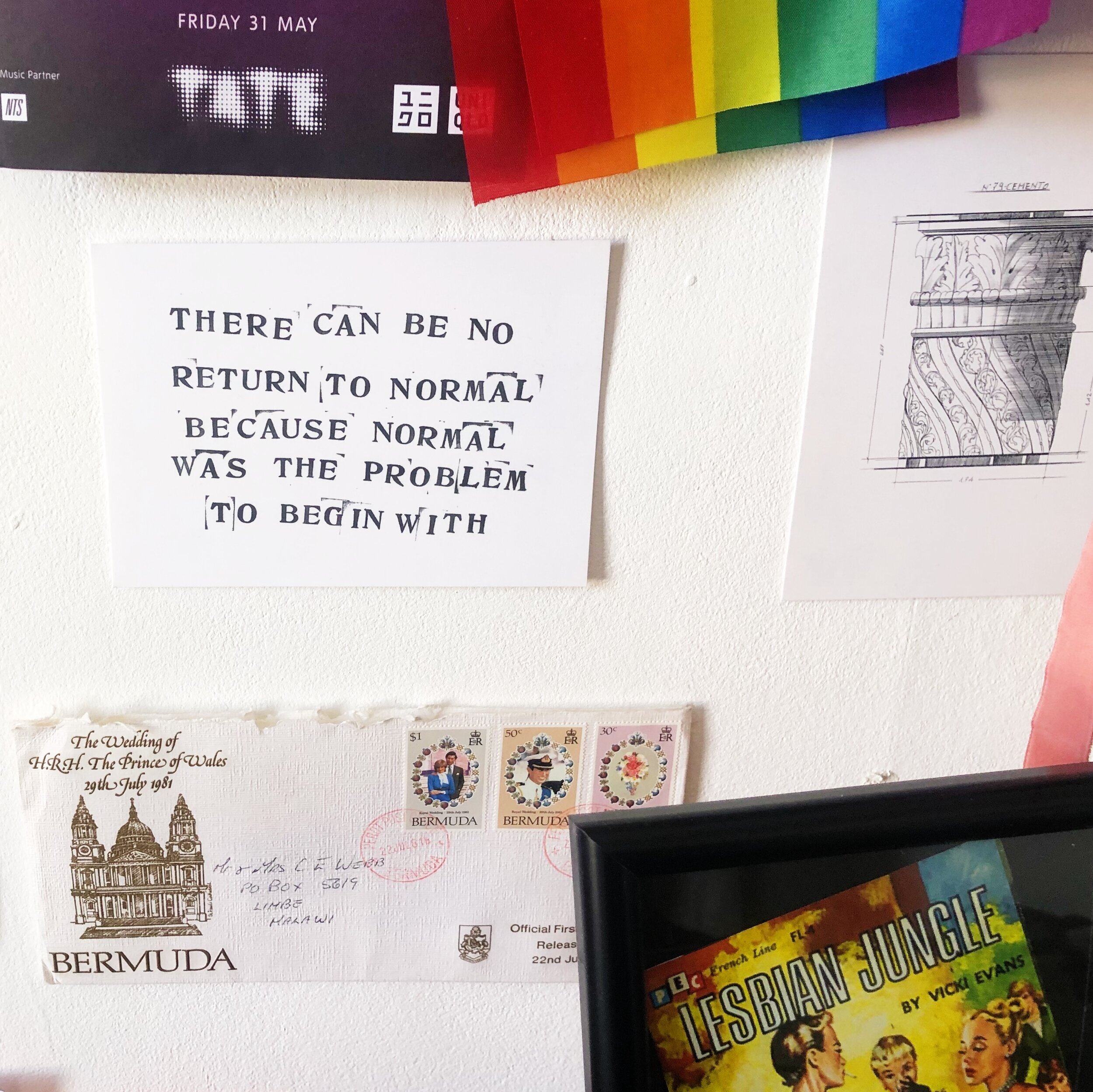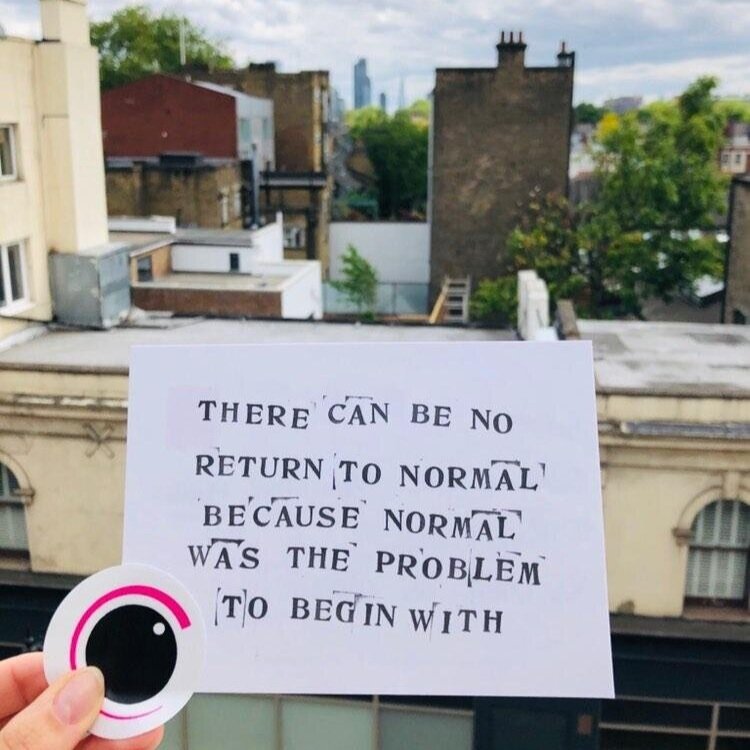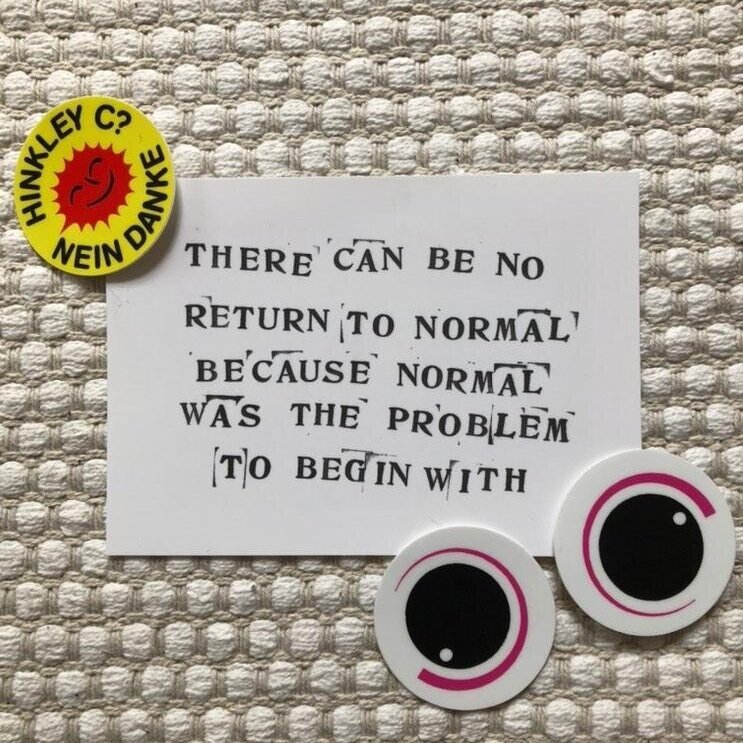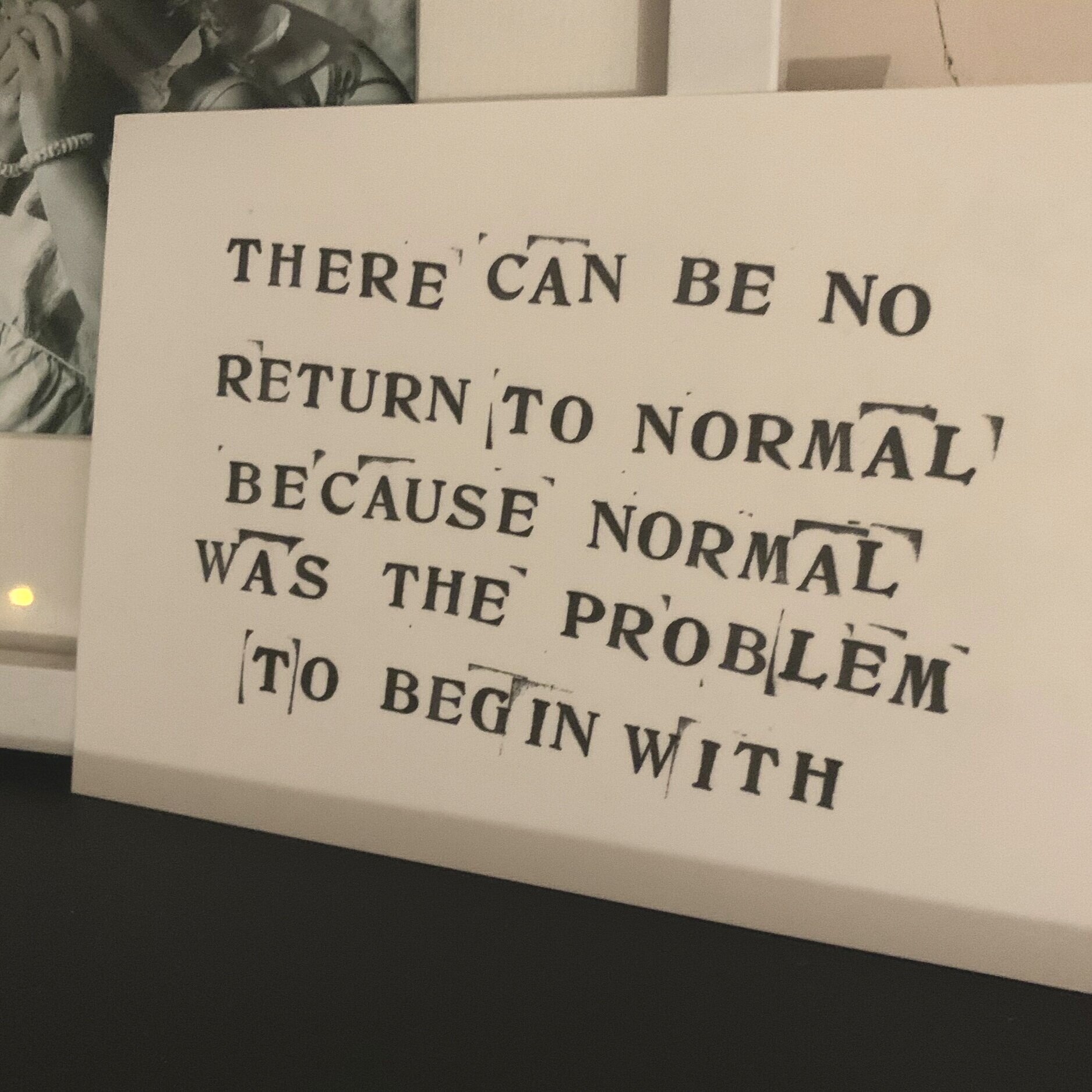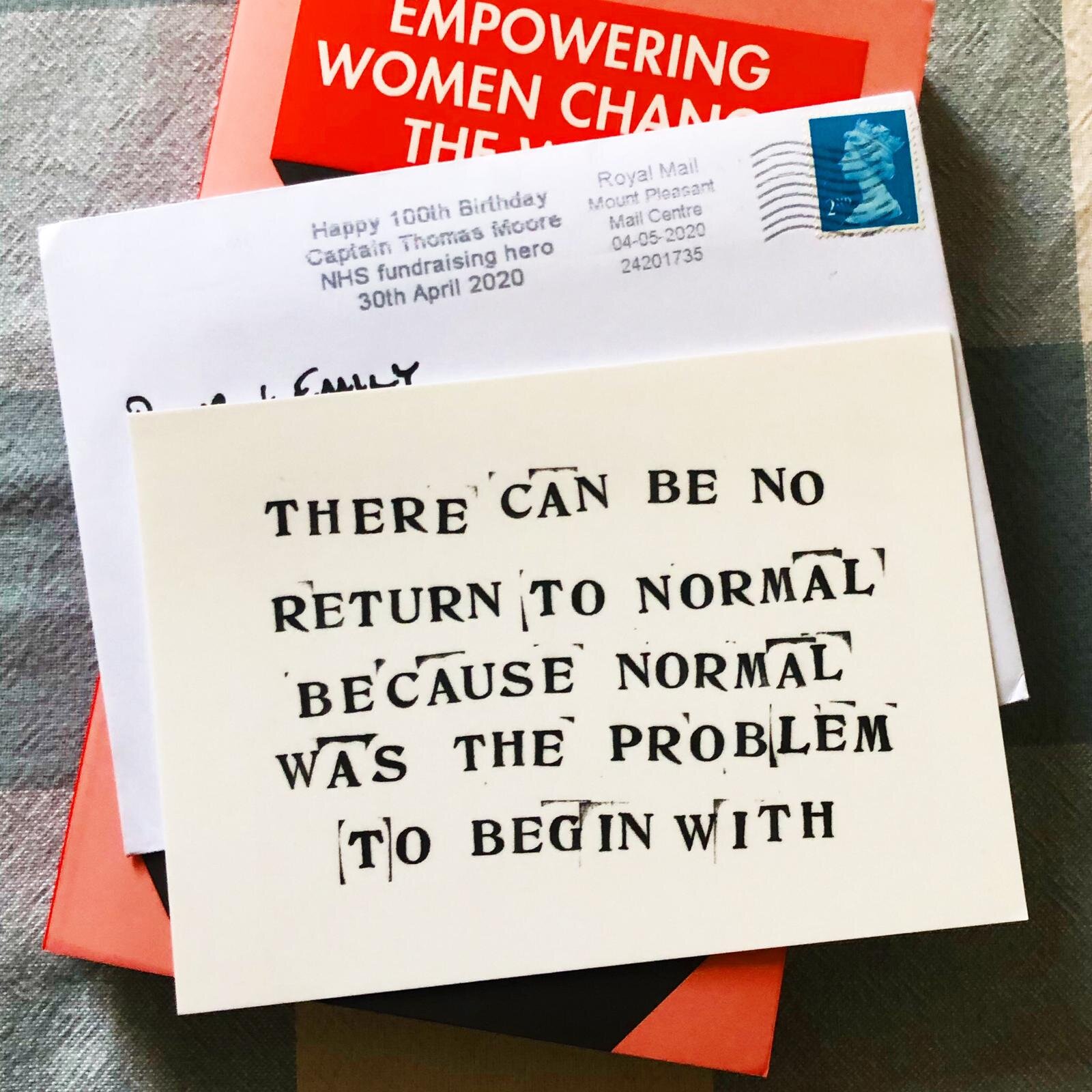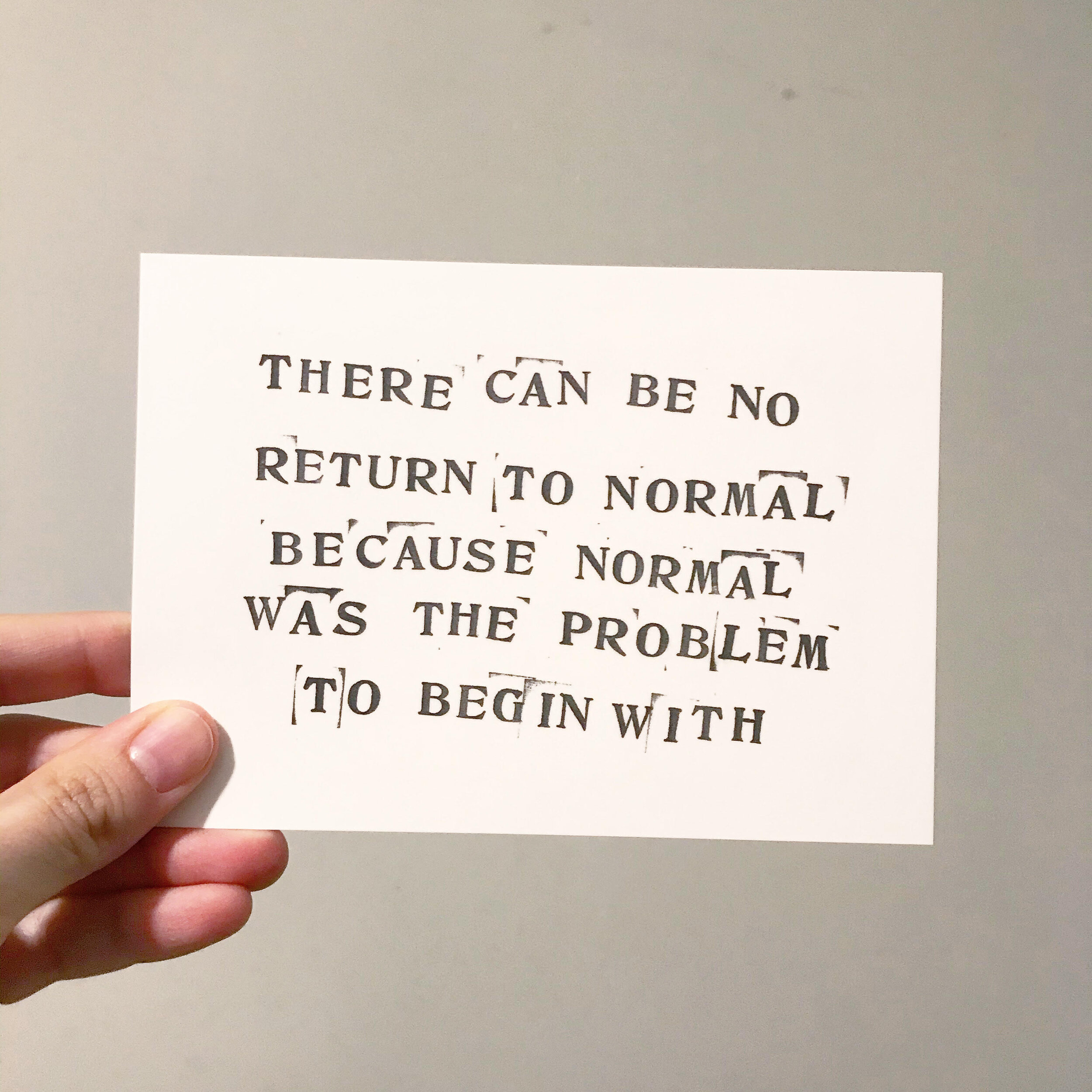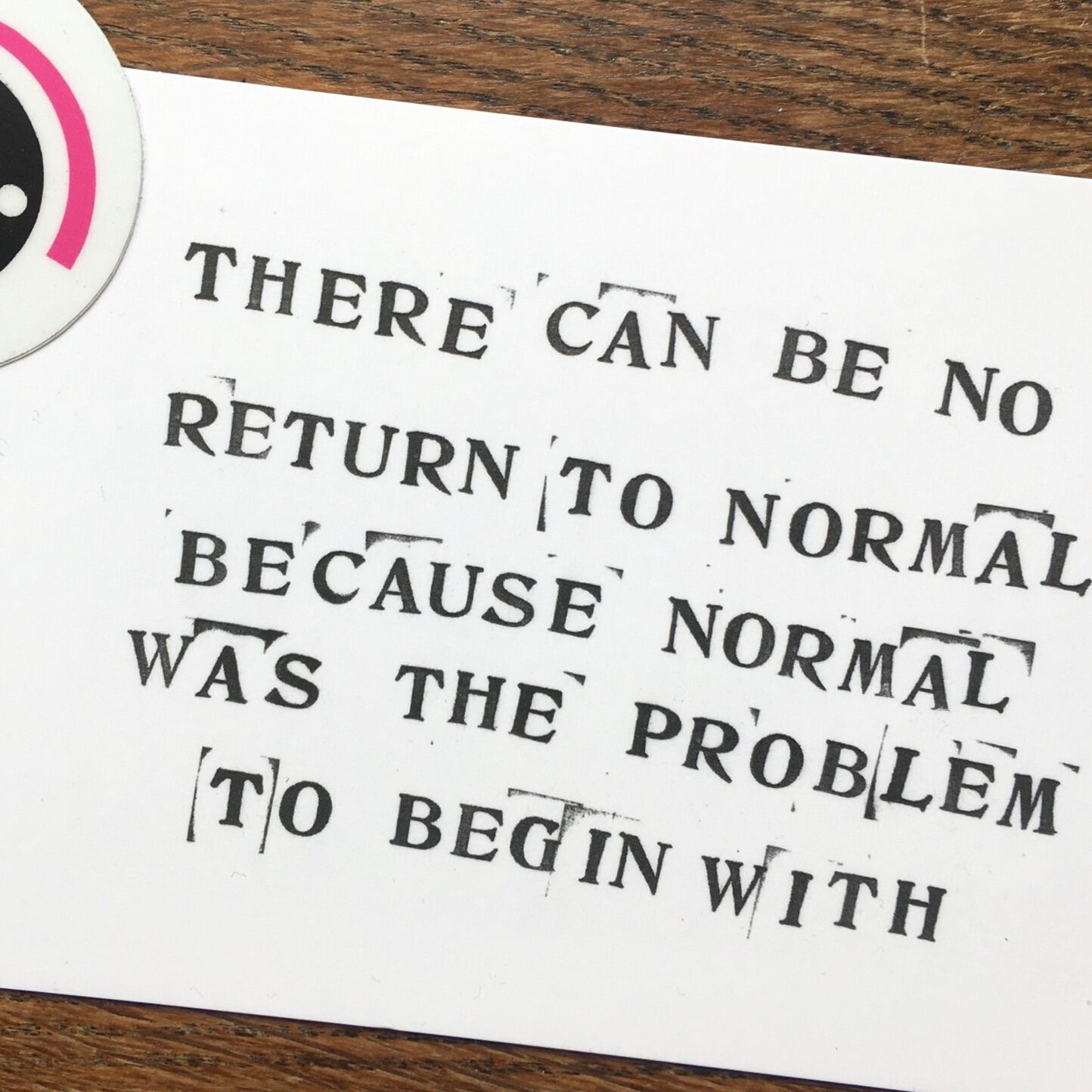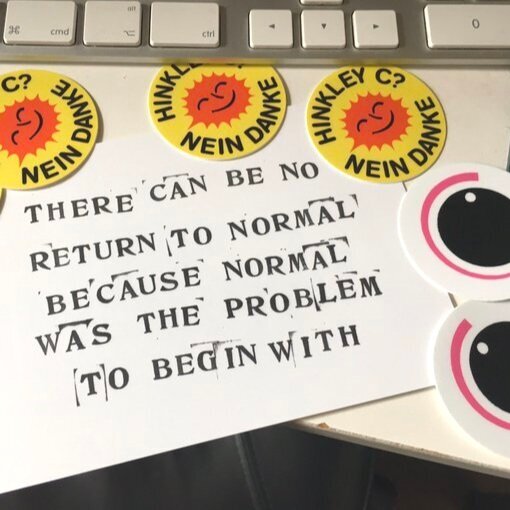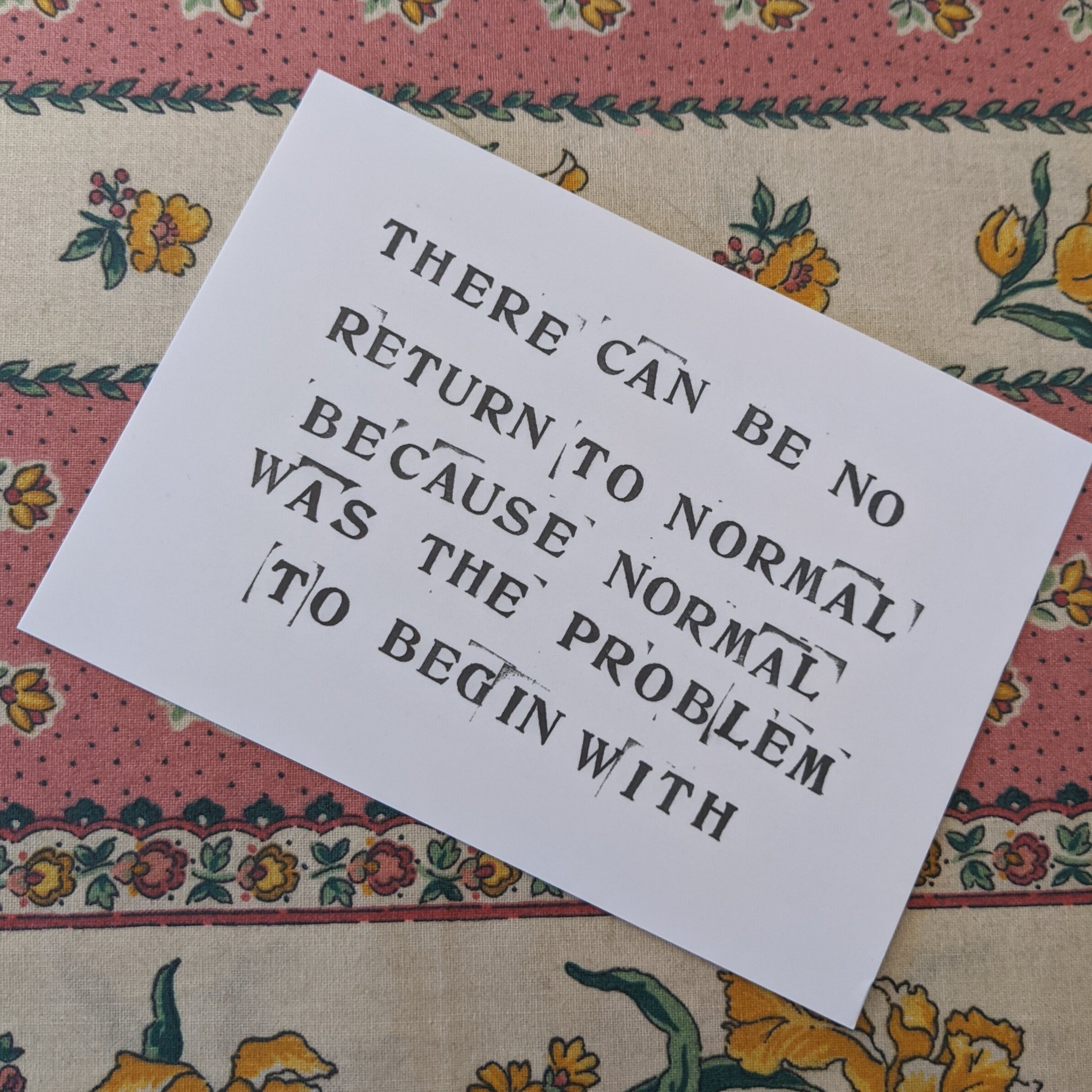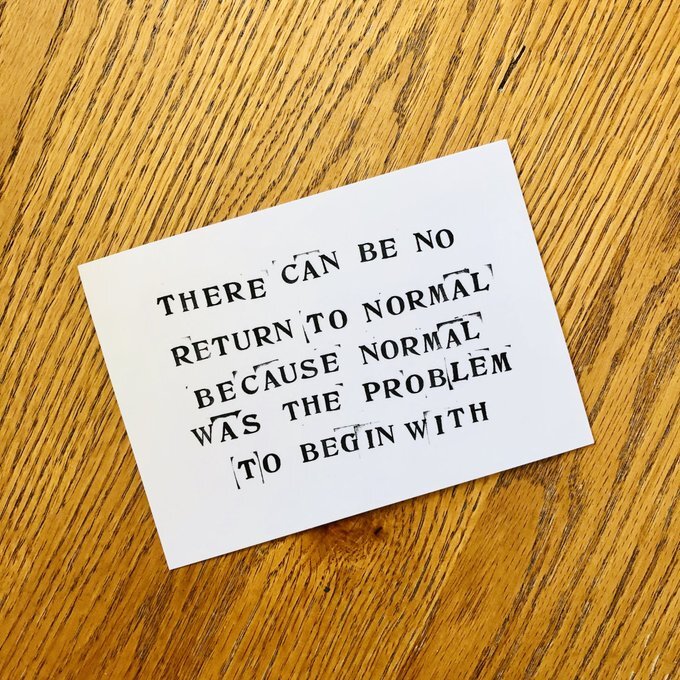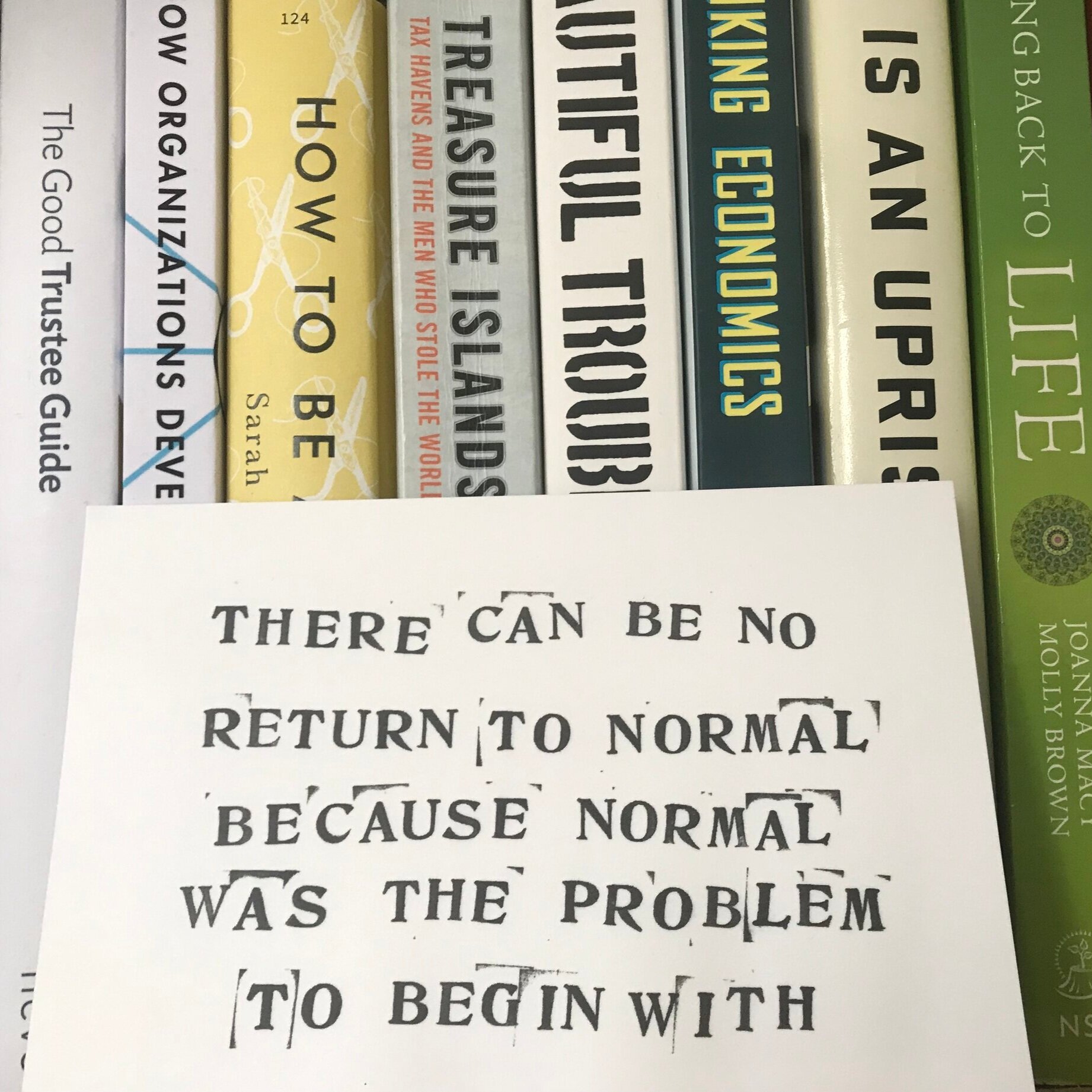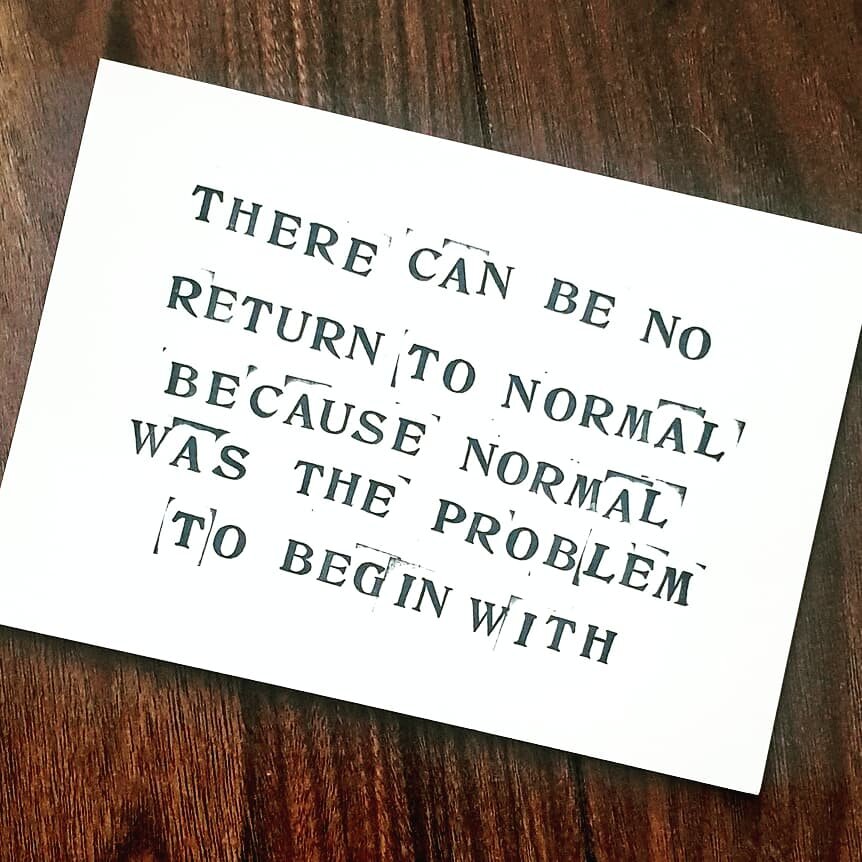Twitter is dead to us. We’ve moved on. We think we all should.
How Do We Engage With The New UK Labour Government?
EVERY UK CHARITY SHOULD BE DOING THIS.
GREENPEACE UK: SETTING THE BAR HIGH AS EVER.
LANGUAGE MATTERS: DO YOU ATTRACT OR ACQUIRE SUPPORT?
Language matters. It’s an obvious thing to say: how we choose to express ourselves gives an insight into how we think about the things we do, see and experience.
Take the word acquisition and think about its definition.
Acquisition: the buying or obtaining of assets or objects.
Buying or obtaining.
Assets or objects.
It's a word taken from the corporate world where customer acquisition is a thing. We'd argue that we should reject the term because we are not in the business of selling products or services. It’s a word that depersonalises the public and presents them as commodities rather than people.
Acquisition perpetuates an Old Power mindset of ownership:
My donors.
My supporters.
My staff.
My ideas.
My clients.
We believe in a New Power mindset of collaboration and sharing.
So we use the word attraction.
Attraction: the action or power of evoking interest in or liking for someone or something.
Rally works with clients, and the sector more widely, to champion an attraction-based approach. Together we develop strategies that help achieve our clients’ goals by using their values as a magnet to attract all who share them.
The focus is simple: to inspire like minded people who share our values to join us and actively participate in the change we all want to see.
And while we are on the subject of language. Here is the definition of another widely used sector term.
Retention: the continued use, existence, or possession of something or someone
Possession. Nice.
Main Photo by Marl Clevenger on Unsplash
UK DIGITAL BENCHMARKS STUDY: A CAMPAIGNER'S PERSPECTIVE.
We’re delighted to bring you a campaigning / organising perspective on the UK Digital Benchmarks Study from Tom Baker. We love Tom for many reasons, not least his incredible and insightful blog, The Thoughtful Campaigner, where he writes about his observations of advocacy trends in the UK and beyond. Tom is Director of Campaigns and Organising at Save the Children UK, and has previously worked at Bond (the UK network for organisations working in international development), Tearfund and Christian Aid.
A MOBILISATION MASTERCLASS FROM MARCUS RASHFORD…
If you’ve ever heard us talk out loud, you will have heard us talk about mobilisation.
What do we mean by mobilisation? Well, the dictionary defines it as…
‘The action of organising & encouraging a group of people to take collective action in pursuit of a particular objective’
And if you’ve heard us talk about mobilisation, it’s very likely that you’ve heard us talk a lot about the lessons we can learn from successful movements of the past and recent history.
We’ve summarised these lessons in the following 5 principles to consider when we’re talking to clients about mobilisation strategy and leadership.
A VISION TO BELIEVE IN: Your goal is inspiring, is important to society and feels believable.
A BELIEVABLE PLAN TO DELIVER THE VISION: Not only is the goal believable, but so is the plan to deliver it. The plan is well articulated and available for all to see. It’s easy for the public to see themselves playing an active role in success.
VALUES THAT ARE EASILY SUBSCRIBED TO: The values that underpin the mobilisation activity aren’t overly complex or intellectual, they have huge mass appeal and aren’t framed in a way that excludes participation.
USEFUL & VALUABLE THINGS TO DO: Those who participate are offered things to do that are rooted in the plan and connect to the values of the movement. Nothing is transactional - it’s clear every action moves the movement on towards its goal.
CHARISMATIC LEADERS OR LEADERSHIP: The leadership or individual leaders are inspiring and have the personal qualities that drive belief and loyalty. They speak with experience of the issue and can tell stories in a way that drives action and participation.
Let’s apply those principles to what we’ve seen Marcus Rashford do.
But first watch this video…
It’s hard not to be impressed by him. Back to those 5 principles and how Marcus exhibits the behaviours.
A VISION TO BELIEVE IN. Marcus believes that all children irrespective of their background should be able to fulfil their full potential. It’s hard to disagree with this.
A BELIEVABLE PLAN TO DELIVER THE VISION. He’s kept the plan simple, he uses his platform to call on the government to do the right thing. Whether it’s the provision of food in the short term or a review of how children are viewed by policy makers. He makes everything simple and easy to engage with.
VALUES THAT ARE EASILY SUBSCRIBED TO. Decency, equality, justice, compassion and fairness. It’s hard not to align with the core values that drive his efforts.
USEFUL & VALUABLE THINGS TO DO. He recognises that there is work he needs to do, which involves him using his power to get access to politicians and make direct asks of them. He asks the public to sit alongside his efforts and help by signing petitions, amplifying the campaign or in some cases providing food when the government wouldn’t.
CHARISMATIC LEADERS OR LEADERSHIP. We think he has this covered. He is a global star in his profession, speaks with direct experience of the issues he is campaigning about so he has authenticity baked in to everything he does and doesn’t fear any backlash. In a recent Guardian article it was reported that ‘he shrugs off criticism, saying he’s heard 10 times worse on the pitch. Setbacks make him redouble his efforts.’ Which is probably what makes him such a formidable activist.
There is a lot of talk about movement building in UK NGOs right now. This is a natural response to the new ways in which movements have formed and attracted public support and participation - think BLM, MeToo, TimesUp and the rise of XR. Charities need to learn from them because they are successful at attracting at scale and creating action, especially in the digital age.
If a movement is defined as ‘a group of people working together to advance their shared political, social or artistic ideas’, our view is that established charities cannot start one. They can harness the power of an existing movement, but can’t and shouldn’t think they can start one. This is a bold statement to make, but if you think of the environmental movement as an example, no one organisation can lay claim to owning it. There are a wide and diverse range of actors in that movement from charities like Greenpeace and the RSPB to campaign groups like XR, Green New Deal and Youth Climate strikers to brands like Lush and Patagonia - all are part of the movement, no single group can throw their logo on it and claim it.
Instead, charities should identify where they are in the movement ‘map’ that surrounds them and figure out what they can do to push the entire movement forward, as well as mobilise its power and energy to help them deliver on their specific goals. This could be as simple as providing resources and capacity to smaller groups in the movement.
We will leave you with this quote from that recent article in the Guardian.
“As global charities unsurprisingly clamour to hitch his star power to their causes, his response is always the same: “I need to fix what’s going on in my own backyard first.”
Link to that article: 'It is never about him': how Marcus Rashford became such a devastating activist. [The Guardian]
Main Image by Markus Spiske on Unsplash
THERE CAN BE NO RETURN TO NORMAL BECAUSE NORMAL WAS THE PROBLEM TO BEGIN WITH
Early in the UK COVID-19 lockdown, inspired by a tweet containing an image of some graffiti on a wall in Hong Kong, we reached for our ink pad and alphabet stamps and made some marks onto a piece of blank paper.
It made us feel better.
We posted it on Instagram, some people liked it, some people said we should turn it into something. So we did. And we posted it to a few people whose home address we had. Who posted it to their social media. Which meant more people asked if they could have one. So we sent more. And that kept on happening.
We’ve sent close to 200.
To people we know and to people we don’t.
We sent one to someone we’d never met before, who asked us to send one to her gran whose dog had passed away that week as she thought it would cheer her up. We hope it did. And we sent one to a mate who messaged us back to say thank you and then died a week a later. And we miss him terribly.
And now the words that we borrowed from a tweet seem even more relevant than they did in March.
If you want one in the post let us know. International dispatch subject to delay.
Main photo by Nicholas Green on Unsplash
BLACK LIVES MATTER. RIP GEORGE FLOYD.
Recent events in the USA have enraged and numbed us. Yet another black man murdered by the police.
We found some solace in these powerful words from Killer Mike. Specifically this rallying cry…
Plot.
Plan.
Strategise.
Organise.
Mobilise.
“So, I’m duty bound to be here to simply say that it is your duty not to burn your own house down for anger with an enemy. It is your duty to fortify your own house so that you may be a house of refuge in times of organization. Now is the time to plot, plan, strategize, organize, and mobilize. It is time to beat up prosecutors you don’t like at the voting booth. It is time to hold mayoral offices accountable, chiefs and deputy chiefs.”
And this demands some of your time.
“In a racist society, it is not enough to be non-racist, we must be anti-racist”
It is clear.
White people can no longer be silent.
Take action. Do something. Speak out. Show solidarity. Anything.
Don’t make this the time you do nothing.
APPLY NEWSDESK THINKING TO GROW YOUR MOVEMENT.
Radical collaboration is important to us. And we are very lucky to operate within a fabulous community of talented people. A Barbican coffee and a catch up with the wonderful Kat Sladden of Chorus Campaigns led to us collaborating on the article below for Civil Society magazine. We’ve only just got around to posting it here. Let us know what you think…
We live in a world when a tweet from the US President sent at 2am resets the entire news agenda and when a powerful photograph can travel the world in minutes and bring more attention to a forgotten global crisis than a meeting of world leaders scheduled months in advance. As the way we consume our news has changed so has the speed people react, share opinions, spread hashtags and plan action. In this new reality, mission driven organisations that want to connect with people and make change, need to adapt to succeed. The era of the ‘five year campaign plan’ or writing emails to supporters three months in advance is over. Charities and campaigning groups need a new approach: we like to call it ‘newsdesk thinking’.
Newsdesk thinking takes lessons from how media outlets set themselves up to be flexible to react to breaking news events and adds that to smart campaign strategy, so that when the moment arises, your team can spot it quickly and has the confidence to be first out with a way supporters can channel their reaction into a constructive response.
“Organisations spend so much time and money creating contrived ‘moments’ - when there are real moments happening every single day ripe for hijacking.” Says John Coventry, who runs GoFundMe’s Europe and Australia operation and previously led Change.org’s global comms team. “There are so many News cycles happening all the time it’s hard to make sense of it all sometimes - but if your teams are set up right, empowered to execute quickly and given the space to fail well, the rewards can be huge: the perfect triangle of reputation, donations and real world impact.”
Hope Not Hate are an example of an organisation that does this brilliantly. When President Trump tweeted that the four US congress women should ‘go home’, the global outrage to this racism was instant. Hope Not Hate, who stand against racism and fascism in all its forms, decided that they needed to act, so they wrote an open letter of solidarity to the four women and asked their supporters to sign it. It gave people something to do to channel their anger in a constructive way, it showed that Hope Not Hate would act on its values even if it means taking on a President and it helped them reach out to new supporters who were mobilised in their disgust for the tweet. And this instant reaction to the news cycle resulted in close to 5,000 new people joining the Hope Not Hate email list.
Matthew McGregor, Campaigns Director at Hope Not Hate said, "This was a quick feel-good piece of campaigning. We did it because we were angry and because we thought our supporters would be too. We wanted to say something, even if it was a small thing, to send a message. And in this case we saw our list grow as a result too. It's important to have a theory of change, but our theory on this one was that sometimes it’s nice to say 'p*ss off, Mr President'.
It was this newsdesk thinking that helped grow Change.org from a small site with a few thousand signers to the world’s largest petition platform. It was a bank holiday Monday when the then Secretary of State for Work and Pensions Ian Duncan Smith said on Radio 4 that people complaining about welfare cuts were wrong and living on £50 a week was easy. The reaction on Twitter was instant. Outraged people called him out for being out of touch. Change.org’s then Director of Communications John Coventry spotted an opportunity, reaching out on Twitter to suggest that people should start a petition. Within an hour the petition to ‘get IDS to live on £50 a week’ had started and before civil servants had got back to their offices from the long weekend the petition had ten of thousands of signatures. It went on to be the first petition on the site to reach over a quarter of a million signatures and led the news agenda for over a fortnight, opening the space for people experiencing the sharp end of welfare cuts to talk about their impact.
So how can other organisations adopt newsdesk thinking, we’ve broken it down into 6 steps:
Be ready: Every media outlet has a clear editorial position. You need the same. Having a clear vision of the world you are trying to create, the issues you care about and the values you hold are the essential starting point. Newsdesk thinking isn’t about jumping in with your hot take on every Love Island breakup, it’s about knowing what you care about and being confident to act when an opportunity emerges.
Active scanning: What are people talking about today? That’s the question to keep asking. Keep an eye on leading activists on twitter, instagram and blogs. Often this is where issues rise up before they make news. It’s not about everyone in the office listening to the Today Programme, often 5 Live, Victoria Derbyshire and LBC are more helpful to get a sense of what people are talking about outside of Westminster. Consuming the news and talking about the news needs to be a part of day to day life, not just something the comms team do.
Ideas culture: Journalists are expected to turn up with new ideas for stories everyday. Building an ideas culture in your office is vital. Create a safe space for people to share without worrying if it’s a good or bad idea. It could be at daily stand ups, a ‘have you seen this?’ whatsapp group or slack channel - whatever works for your team. Not everything will lead to an action but it’s only with a culture that welcomes ideas that you’ll spot the golden opportunity quickly when it comes.
Rapid response: When a story matches your issues and values and has got people talking, speed matters. Attention spans are short and to capture the energy of the moment you need to be out with an action quickly, we’re talking hours not days. That means having a set up for rapid response campaigning - a faster sign off process, a way to queue jump to get an action email out and a nimble team that has the permission and power to move fast.
Invest in systems: Spend some time making sure that you can produce beautiful customised landing pages at speed that seamlessly integrate with your email platforms. Time after time we see organisations de-prioritise this type of work and then give the absence of these resources as a reason not to act when they should. If you build the things you need to respond quickly, you will be itching to use them and it will drive your speed of response!
Fail fast, fail forward: If you are taking more risks and testing more actions, not all of them will fly. That’s ok! After each take the time to understand what worked and what didn’t. Moving quickly means taking risks and piloting more actions, so it needs to be ok to fail and learn.
Newsdesk thinking is more than a process, it’s state of mind backed up by practical steps so when you have an idea you have the tools and processes already established to make it happen. It’s an approach that can bring real energy to how your organisation engages with the public and connect your organisation more closely to the conversations people are having everyday.
It’s fun, it’s fast and without the right attitude can deliver big results. We urge you to try it out!
Written by Kat Sladden & Paul de Gregorio: Originally posted here: Why charities should apply ‘newsdesk thinking’ to grow their movement http://bit.ly/37PcjHH
Header photo by Brad Neathery on Unsplash











